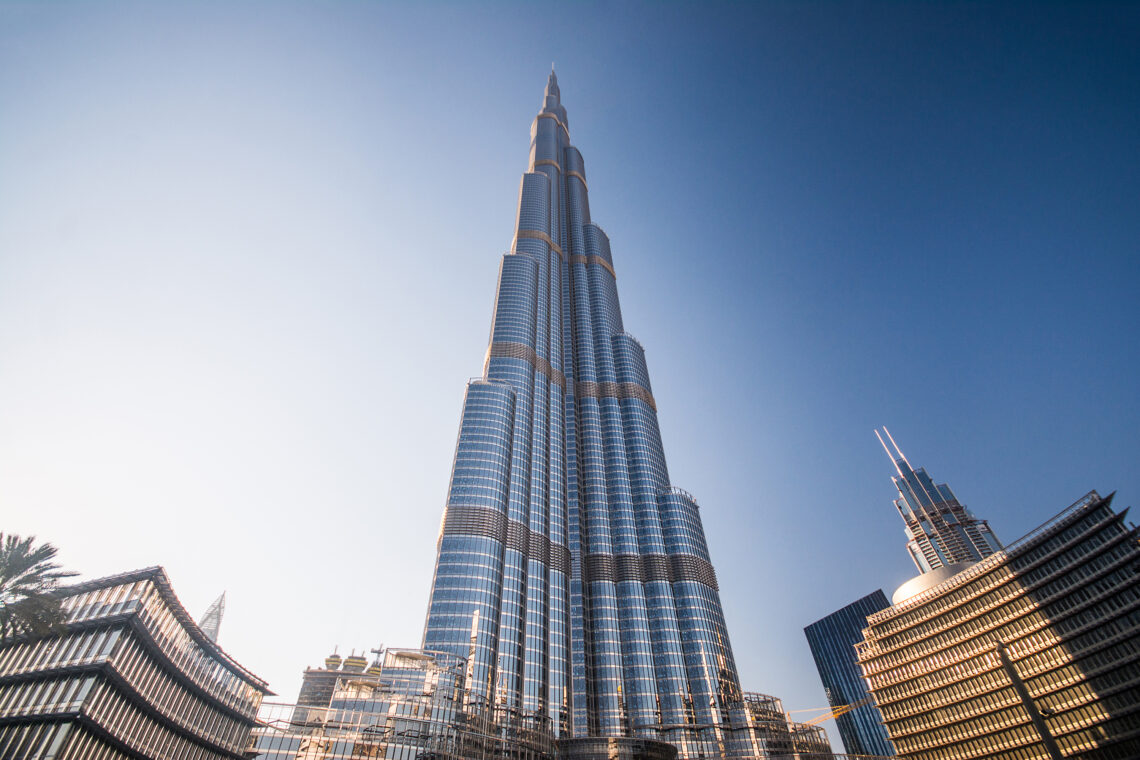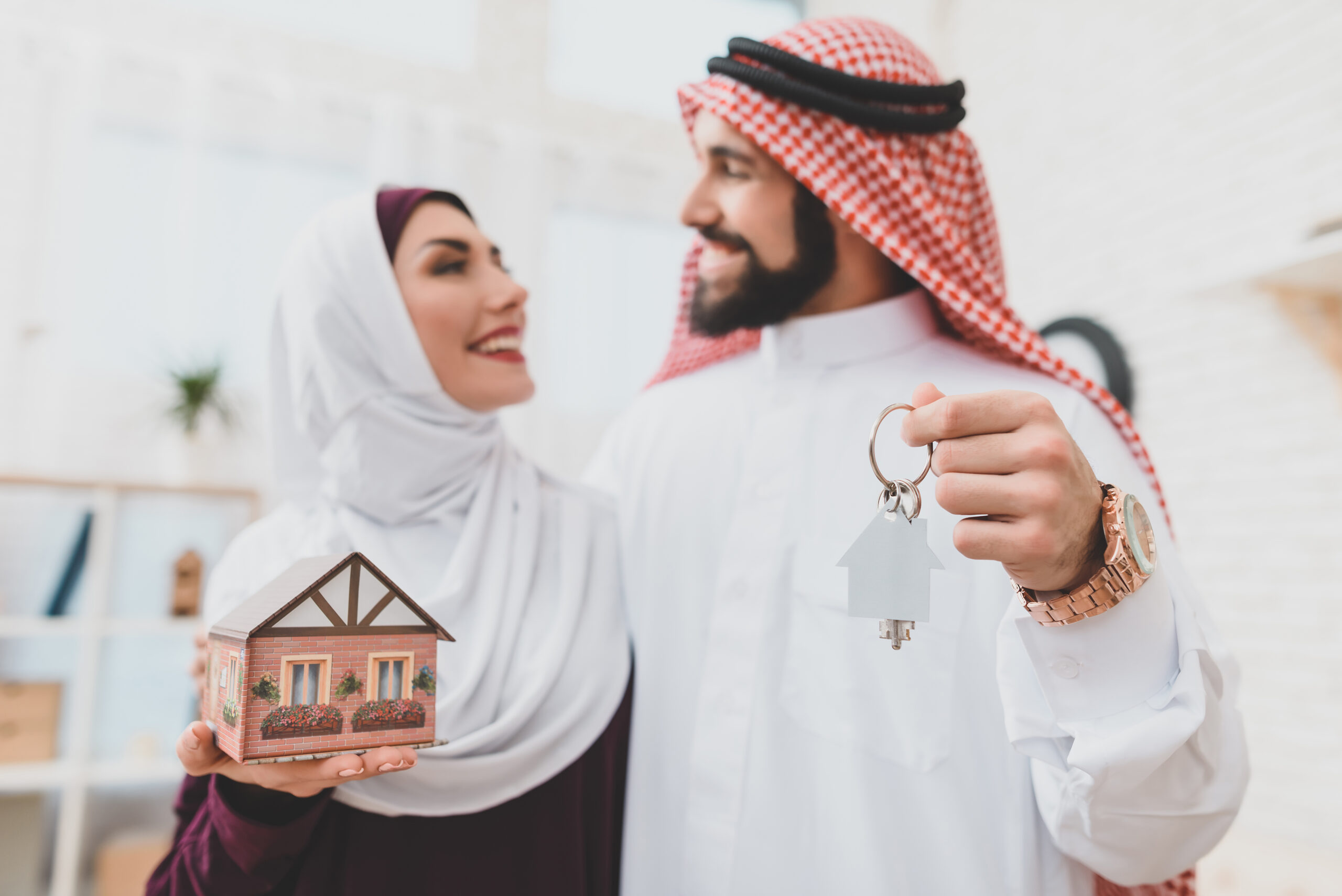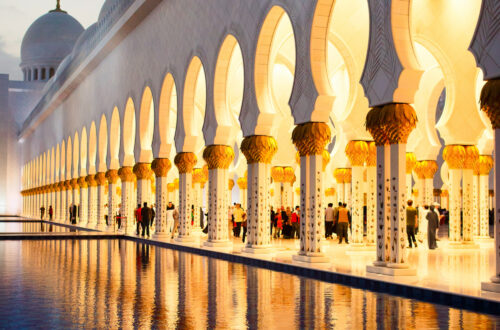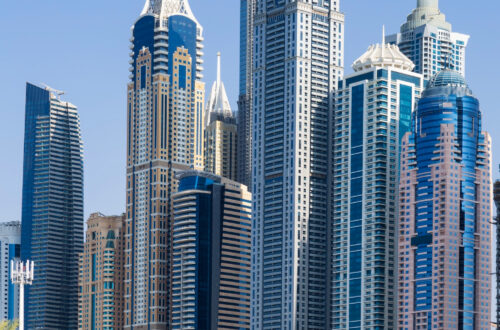
Burj Khalifa: The Tallest Tale in Modern Architecture
Introduction
Standing at an incredible 828 meters, the Burj Khalifa is the tallest building in the world. This engineering marvel and symbol of human ambition towers over Dubai, capturing the imagination of people around the globe. As the architect Adrian Smith once said, “The Burj Khalifa stands as a symbol of what humans can achieve when they dare to dream big.”
In this article, we’ll uncover how the Burj Khalifa became an iconic symbol of modern architecture. From its ambitious vision and careful planning to its unique design and construction challenges, the Burj Khalifa is more than just a building; it’s a testament to human creativity and determination.
We’ll explore the origins and planning behind this incredible skyscraper, the design and structural elements that make it stand out, the engineering feats and challenges faced during its construction, and its cultural and economic impact on Dubai and the world. We’ll also look at the interior amenities and future prospects of the Burj Khalifa, showing why it remains a landmark of modern architectural achievement.
The Vision and Planning
The idea for the Burj Khalifa came from Dubai’s ambition to stand out on the global stage. Sheikh Mohammed bin Rashid Al Maktoum, Dubai’s ruler, wanted a landmark that would make people around the world take notice. His goal was simple: build the tallest building in the world to show what Dubai can achieve.
The main players in this huge project were Emaar Properties and architect Adrian Smith. Emaar Properties, one of the largest real estate developers, took on the challenge of creating the Burj Khalifa. Adrian Smith, a famous architect known for his creative designs, helped turn this vision into reality.
The Burj Khalifa wasn’t just about being tall. It was part of a bigger plan to make Dubai a top destination for business and tourism. The tower was built to attract visitors, investors, and businesses from all over the world. It includes homes, offices, and places to relax, helping to make Dubai a more dynamic and thriving city. This project played a key role in Dubai’s efforts to grow its economy and establish itself as a major player on the global stage.
Design and Architecture
The Burj Khalifa’s design combines modern style with elements inspired by Islamic architecture. One of its main inspirations is the Hymenocallis flower, which has a unique shape that influenced the building’s design. The tower’s sleek, streamlined form and the use of geometric patterns are nods to traditional Islamic art, giving it a distinctive yet culturally significant appearance.
One of the key design features of the Burj Khalifa is its Y-shaped floor plan. This design helps the building handle strong winds, making it more stable. At the center of the building is a strong core that supports the entire structure. This central core, along with the Y-shaped design, allows the Burj Khalifa to reach its incredible height while remaining stable and secure.
Aesthetically, the Burj Khalifa is a masterpiece of glass and steel. Its exterior is covered in reflective glass panels and aluminum, giving it a sleek, futuristic look. The spire at the top of the tower not only adds to its height but also enhances its elegant silhouette against the Dubai skyline. The use of glass and steel not only creates a stunning visual effect but also helps to reflect the desert sun, keeping the building cooler.
These design and architectural features make the Burj Khalifa not only the tallest building in the world but also one of the most beautiful and innovative structures ever created.
Engineering Feats and Construction Challenges
Building the Burj Khalifa required some incredible engineering. To support the weight of the world’s tallest building, the foundation had to be very strong. It’s made of concrete and steel, with a thick concrete mat and deep piles driven into the ground. This solid base ensures the building stands firm.
Construction of the Burj Khalifa started in January 2004 and finished in six years. By 2006, it had reached 50 floors, 100 floors by 2007, and the exterior was done by 2009. The tower officially opened on January 4, 2010. This fast progress was due to careful planning and advanced building methods.
One major challenge was dealing with strong winds at such great heights. To handle this, the building’s design includes a unique shape that helps cut down the wind’s impact. Another big challenge was moving people quickly between floors. The Burj Khalifa has some of the fastest elevators in the world, which travel at speeds of up to 10 meters per second.
The extreme heat of Dubai also posed problems. Construction workers often faced temperatures over 40 degrees Celsius. To cope with this, many tasks were done at night when it was cooler, and special techniques were used to make sure the concrete set correctly despite the heat.
Innovative solutions helped overcome these challenges. High-performance concrete was used to withstand the high temperatures and provide strength. The spire was built inside the building and then lifted to its final position, a technique never used before on such a large scale. These engineering achievements and creative solutions made it possible for the Burj Khalifa to reach its record-breaking height safely and efficiently.
The Interior and Amenities
The Burj Khalifa isn’t just tall; it’s also packed with luxury and comfort. Inside, you’ll find fancy apartments, high-end office spaces, and the stylish Armani Hotel. The apartments offer amazing views of Dubai and are filled with top-quality features and modern comforts. The office spaces host some of the world’s leading businesses, providing a prestigious address and the latest facilities. The Armani Hotel, designed by famous fashion designer Giorgio Armani, offers a blend of elegance and comfort with beautifully designed rooms and top-notch service.
Visitors can enjoy stunning views from the “At the Top” observation decks. These decks, located on the 124th, 125th, and 148th floors, offer a 360-degree view of Dubai’s skyline, the desert, and the ocean. The experience is enhanced with interactive displays and high-powered telescopes that let you see distant landmarks up close.
The Burj Khalifa also has plenty of amenities for residents and visitors. There are swimming pools, a modern fitness center, and several world-class restaurants offering a variety of cuisines. Whether you want to relax, work out, or enjoy a gourmet meal, the Burj Khalifa has something for everyone.
These features make the Burj Khalifa not only an impressive building but also a place of luxury living and high-end business.
Cultural and Economic Impact
The Burj Khalifa has become a powerful symbol of Dubai’s growth and ambition. It represents the city’s rapid development and its desire to be a leader on the global stage. The tower’s impressive height and striking design showcase Dubai’s ability to achieve great things, making it a source of pride for its residents.
Tourism in Dubai has soared since the Burj Khalifa was built. Millions of visitors come each year to see the tower and experience its observation decks. This influx of tourists has boosted the local economy, benefiting hotels, restaurants, and other businesses. The Burj Khalifa has helped position Dubai as a top destination for travelers from around the world.
Globally, the Burj Khalifa has set a new standard for architecture and urban development. Its innovative design and engineering solutions have inspired architects and engineers to push the boundaries of what’s possible. The tower has influenced the design of new skyscrapers and urban projects worldwide, making it a landmark not just for Dubai, but for the entire world.
In summary, the Burj Khalifa is more than just a building. It’s a symbol of ambition, a magnet for tourism, and a source of global inspiration in the fields of architecture and engineering.
Future Prospects
To keep the Burj Khalifa at its best, regular maintenance and potential upgrades are important. Ongoing maintenance ensures the building stays safe and looks great. Future upgrades might include new technology to make the building more energy-efficient and environmentally friendly. These efforts help the Burj Khalifa remain a leader in modern architecture.
The legacy of the Burj Khalifa is already significant. As the tallest building in the world, it has set a high bar for future skyscrapers. Its unique design and engineering have inspired new buildings all around the globe. The Burj Khalifa will always be a symbol of human ambition and creativity, influencing the design of tall buildings for many years to come.
Conclusion
The Burj Khalifa shows what humans can achieve with big dreams and hard work. We’ve talked about its beginnings, the vision behind it, its amazing design and engineering, and its impact on culture and the economy. Its height and design have set new records in architecture.
More than just a tall building, the Burj Khalifa represents what’s possible when creativity and determination come together. It has changed Dubai’s skyline and inspired future skyscrapers around the world. Looking ahead, the Burj Khalifa will continue to be a symbol of architectural excellence and a source of inspiration for everyone.





